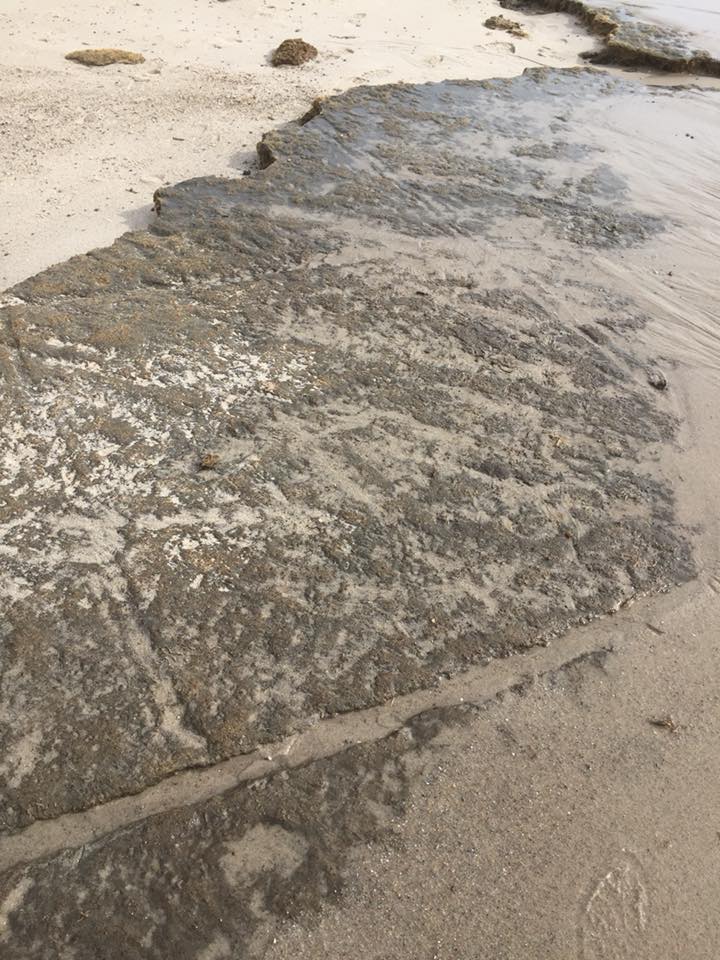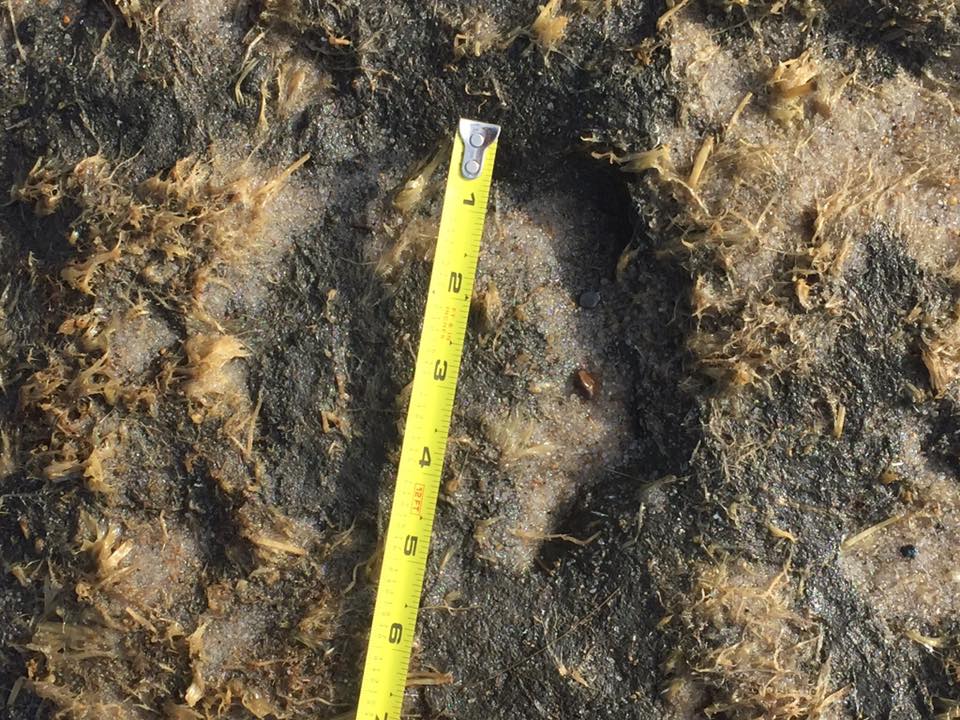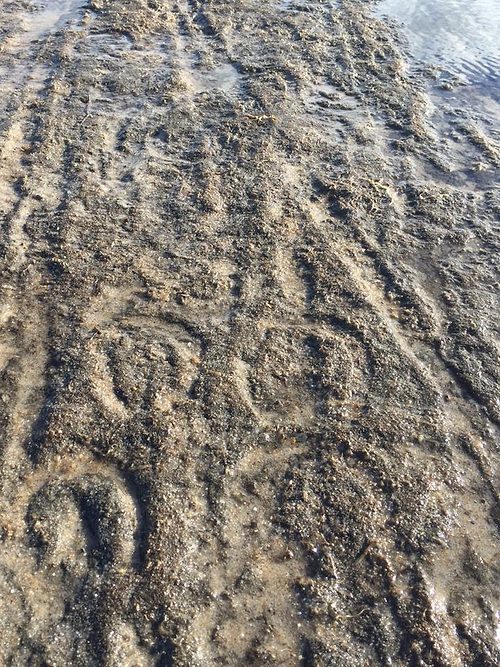Pictured Above: Horseshoe and wagon wheel tracks uncovered in the dunes of Cape Cod. Source: Orleans Police Department's Facebook page.
Winter’s flurry of Nor’easter storms revealed horse and wagon history by exposing tracks and hoof prints that were previously hidden by the sand along the Massachusetts coast.
Residents have spoken of this historical evidence for years, but the tracks are not typically exposed. According to CapeCod.com, storms typically damage small pieces of the dunes rather than “intact sheets” in which these tracks can be found.
“This peat at the time of the tracks would have been in the salt marsh behind and west of the dunes,” explains naturalist Peter Trull. “Over time, the beach and the dunes have migrated westward over the marsh, exposing the bare, grassless peat on the east, or seaward, side of the beach.”
Historians and archeologists estimate the newly uncovered tracks were formed in the late 19th or early 20th centuries. They did this by considering when the marsh would have existed at the location behind the former dunes.


“It’s interesting to note that there are several layers of the tracks themselves in the various sheets of peat, meaning there are some more ancient layers,” explains Christopher Seufert, a photographer and archeologist based in Chatham, Mass. “My guess would be possibly going as far back as the early 1800s.”
Specialists versed in the marsh accretion rate in Cape Cod can also use this knowledge to date the layers, and measurements of the tracks themselves can be taken and compared to styles of carts and wagons in use throughout the years. The layout of the tracks is complex: tracks running alongside and across each other suggest the area once experienced high traffic.
How this historic discovery will be treated is uncertain. Coins have been found near the tracks and prints, according to naturalist Robert Finch. Still, whether or not the tracks can garner enough archaeological attention to excavate or preserve the sites is up in the air.
“My guess is that someone could preserve such a stretch of tracks here on the Cape with hardener laid down and people would be drawn to visit,” Seufert says.
“However, given that they only uncover at the same time that they’re being destroyed by the waves make it unlikely as a candidate for any permanent historical site.”
Meanwhile, Seufert captured the tracks with photos and a video.








Post a comment
Report Abusive Comment